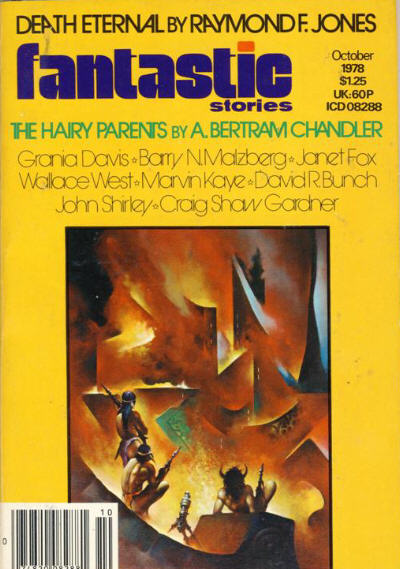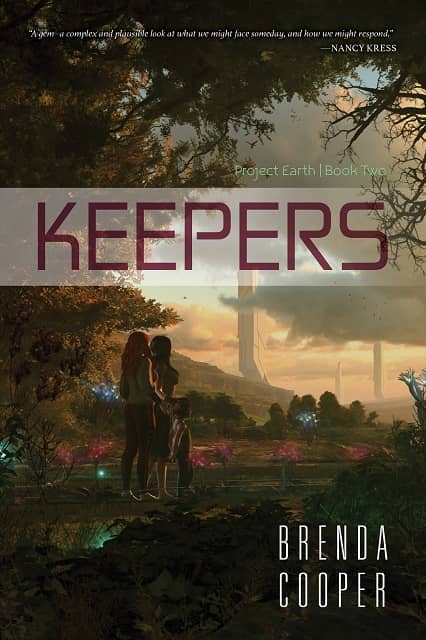New Treasures: There Before the Chaos by K.B. Wagers
 |
 |
I first noticed K.B. Wagers in 2016, with Behind the Throne, the first novel in The Indranan War trilogy, which Publishers Weekly called “An excellent addition to any SF collection.” Last month Orbit released There Before the Chaos, the opening volume of a new space opera trilogy featuring gunrunner empress Hail Bristol, who this time must set aside her gunrunning ways to navigate alien politics and deadly plots and prevent an interspecies war. Over at Tor.com Liz Bourke give it an enthusiastic review… but beware that cliffhanger ending!
I’ve been thinking about how to review There Before The Chaos for weeks. K.B. Wagers’ fourth novel, the opening volume of a second trilogy about gunrunner-turned-empress Hail Bristol (star of Behind the Throne, After the Crown, and Beyond the Empire), it turned out to be the kind of character-driven, deftly-wrought, emotive space opera that I adore. And that I find difficult to discuss with any kind of measured distance or attempt at assessment. Does it live up to its predecessors? Does it succeed at what it sets out to do?
I’m not entirely sure I can tell, because it succeeds so well at being exactly the kind of book I wanted it to be. (Though I shake my fist at the cliffhanger ending! What a hook.)…
Wagers writes compelling space opera action, full of character and incident. She has a very deft touch with action — which is good, because There Before The Chaos has a bunch of it — and a brutal sense for where to leave her start-of-trilogy cliffhanger. That ending! I want to know what happens next this instant. Waiting a whole year will be torment.
The book includes a teaser chapter from the forthcoming sequel, Down Among the Dead, the second installment in The Farian War trilogy.
There Before the Chaos was published by Orbit on October 9, 2018. It is 465 pages, priced at $15.99 in trade paperback and $9.99 for the digital edition. The cover is by Stephan Martiniere, with design by Lauren Panepinto.










